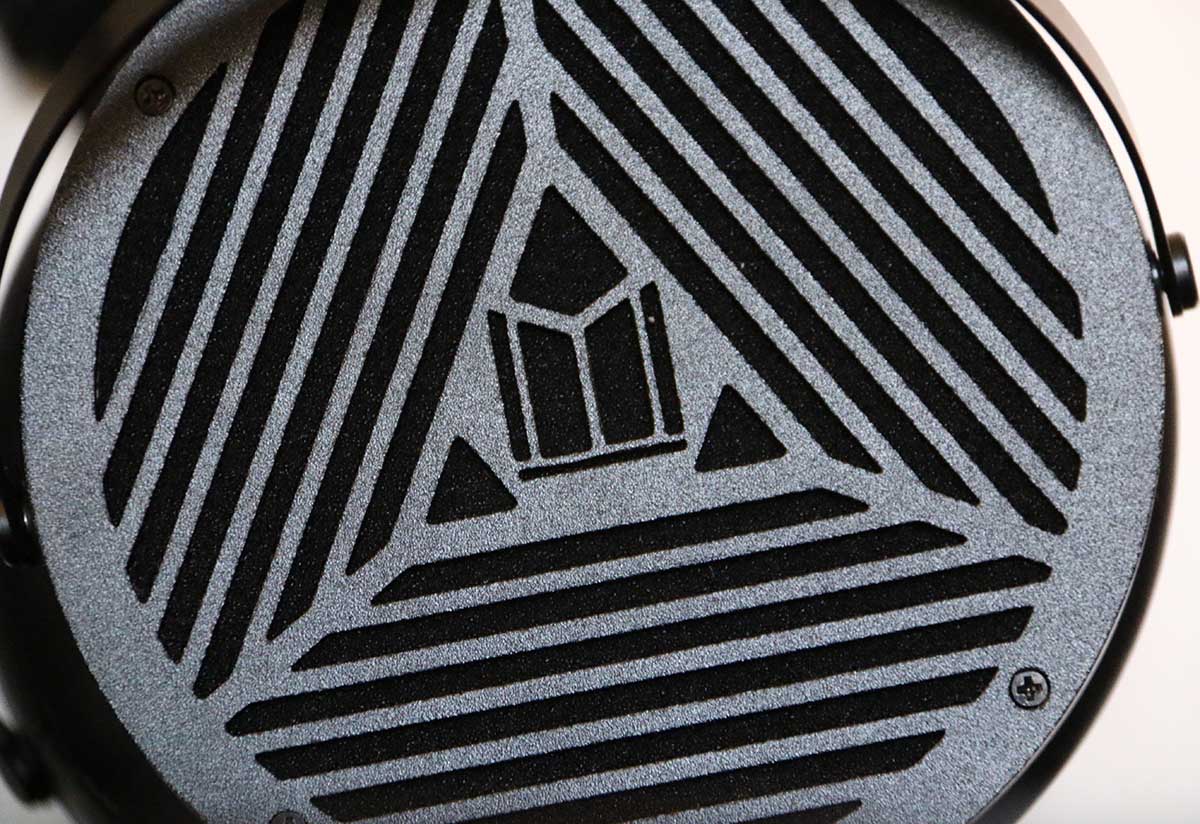
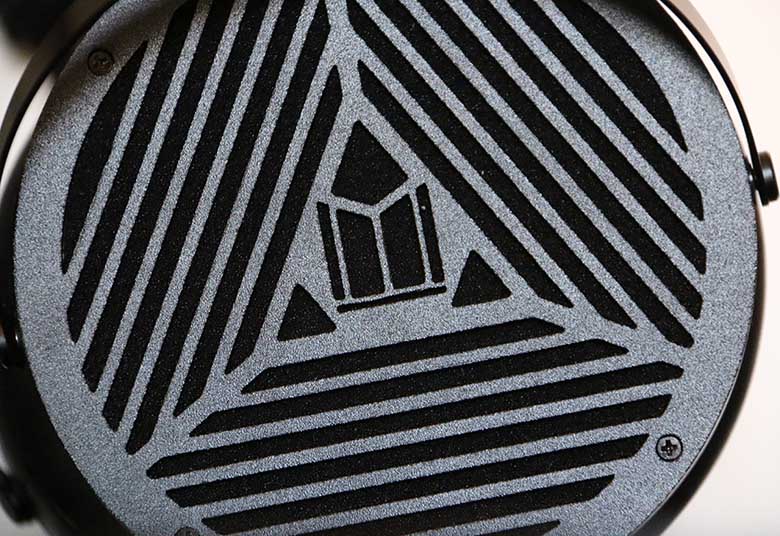
The Master Switch


The Master Switch
How would you like to read a review of the most hyped headphones on the planet? In the past year, no other pair of headphones has caused as much intrigue, consternation and debate as the Monoprice Monolith M1060s. The big question was this: how the hell can you get a pair of planar magnetic headphones for $300?! Is that even possible? Companies like HiFiMAN had gone cut-price before, to be sure, but never like this. Could Monoprice pull it off? After a month with them, we think we’ve got the answer. In this review, we break down the Monolith M1060’s sound, design, comfort and fit, packaging and accessories, specs and more. To see how it stacks up, see our list of the best high-end headphones.
Firstly, the good news. The distinctive characteristics of planar drivers are present and correct in the Monolith M1060s. Most headphones – certainly most headphones around the $300 mark – are what’s known as dynamic driver headphones. These use a magnetic field to move a speaker diaphragm, creating sound waves. Planar magnetic headphones are a little different, in that they spread the magnetic charge across the entire diaphragm, resulting in sound that is clearer and more open. It’s a technology that demands a fair bit of power and some reasonably advanced parts, which is why up until this point it’s been the preserve of more expensive headphones. The sound has a refreshing openness to it, with an airy quality and an excellent level of detail that are the hallmarks of the technology. Ultimately, this is what anybody picking up these headphones should expect, and they deliver. The quality is helped along by the open-back design, too, adding an extra waft of air.
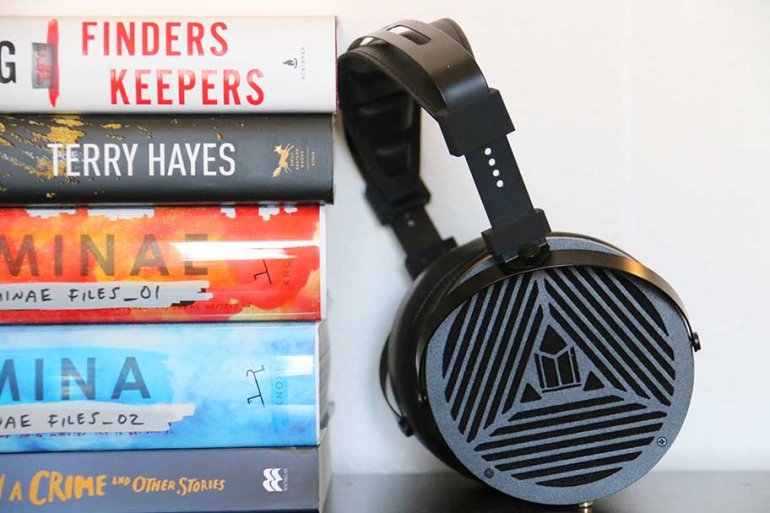
Unfortunately, getting a taste of planar sound means you have to put up with some annoyances. Chief among these is the fact that the overall audio signature sounds rough and unfinished. It’s not bad, exactly: just not quite as polished as we were hoping. The mids, in particular, felt quite grainy and unclear, without the depth and richness that dynamic driver cans in this price range often excel at - headphones like the MEZE 99 Classics (full review) cost around the same amount ($309) and left us far more impressed. Vocals – and we felt this across genres – came off as slightly brittle and tense, as if the headphones were at an audition, and were nervous.
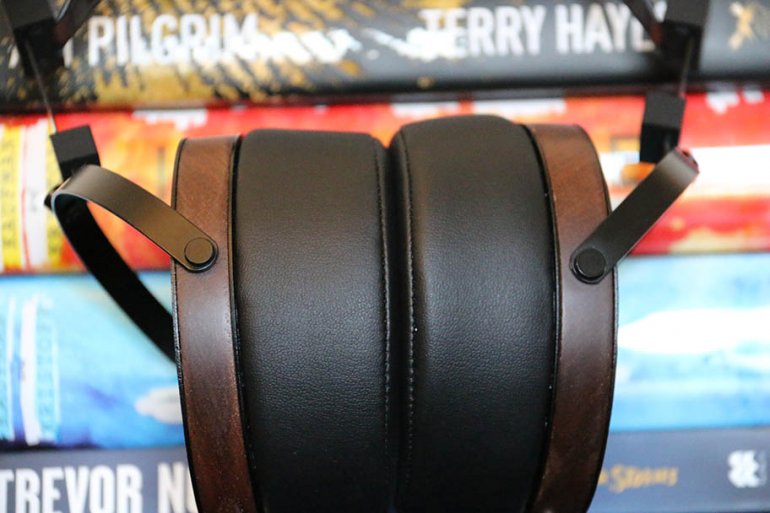
Bass response was good, occasionally very pleasing, but like the mids it lacked clarity and drive. Kick drums didn’t hit as hard as we expected, and basslines often left us disappointed. While the highs had a nice sparkle and shine to them, they weren’t a patch on, say, a good pair of $99 Grados. It’s a little frustrating to encounter these issues. We weren’t expecting high-end quality, by any means, but we also weren’t expecting the 106mm drivers to sound so gritty.
One of the things that can be done to immediately improve the sound (or so we’re told) is to replace the pads with a pair of Audeze Vegan pads. We didn’t test this – at the time of writing, they were quite hard to track down, probably because of the M1060’s popularity. But discussions in the modding community suggest that this tightens up the bass considerably, and helps smooth out some of the brittle nature of the sound. If you do want to experience a bit of planar goodness, this is definitely something worth looking into. That being said: an extra $80 to help fix sound that shouldn’t have been an issue in the first place? Maybe not…
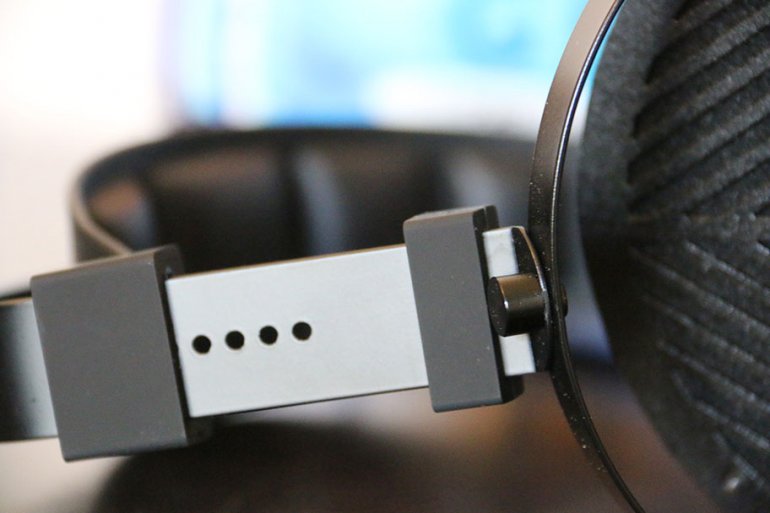
We’d say the model name - Monolith - has never been more appropriate. These cans are huge - not quite as big as the monstrous AUDEZE LCD-4, but still. The dominant feature is the pattern on the outside of the housing: a metal grid that is both eye-catching and evocative, a superb design choice that immediately gives the headphones their own personality. And picking the headphones up, the second impression is of size and stout capability. While not overly heavy, they feel solid, and the earpads have a pleasing squashiness to them. They are a pair of headphones that all but beg to be tested out.
Unfortunately, a closer look reveals just how Monoprice was able to knock a digit off the price. It’s not that they cut corners – it’s that the design is really lean, with materials and build quality that probably wouldn’t stand up to much abuse. The headband is a single strip of metal, with nothing but a thin set of foam bumps to keep it from scratching the top of your dome. The cups are free to rotate in about any direction, which sounds good until you realise that they can get severely disjointed – and there are no left and right indicators on the headphones themselves to help you orient them (they’re on the cable, which we’ll get to in due course).
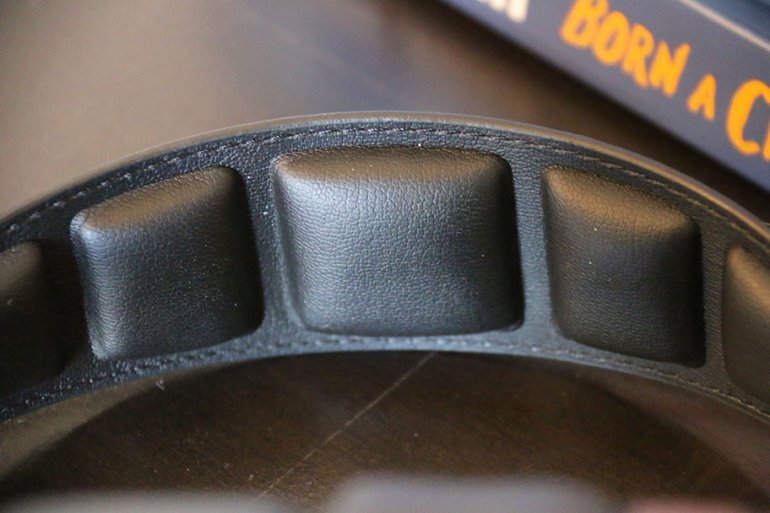
Although it didn’t happen to us, there have been reports of the wood ring between the pads and metal outer plate cracking - something that appears to have been an issue with an early batch. Again, not something we experienced, and we do need to stress that at no point did any part of the headphones fall off or otherwise inconvenience us, but it was very clear that we weren’t dealing with a pair of hand-tooled, individually-numbered wonder cans here. And on balance that’s…fine, we guess. There are bound to be some sacrifices to get this level of technology out at an affordable price point, and if it means that the build quality and materials are slightly less than optimum, we’re okay with that. We can’t see them lasting years and years, but the construction isn’t slapdash.
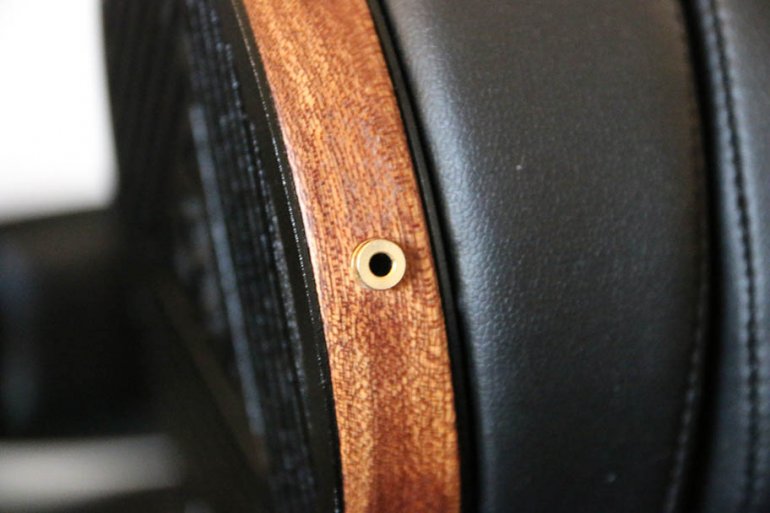
The good news is that the fit of these is fantastic. By embracing the design aesthetic of planars, if not the construction quality, the M1060s end up being exceedingly comfortable to wear. The big cups may not be real leather, but they fit nicely over the ears, and are squashy enough to be comfortable over long periods. We spent several hours at a time listening to these, and although they could possibly be a touch more breathable, it wasn’t a big deal. For the most part, they performed extremely well in terms of comfort. Even the headband, which we were worried about, manages to keep the top of your head protected.
The clamping pressure felt precise and manageable. And despite weighing over a pound, the M1060s never felt crushing, in the way Audeze cans sometimes are. Admittedly, they did start to get a bit weighty at around the three hour mark, but this was nothing we didn’t anticipate. They’re no Beyerdynamic Amiron Homes (full review here), but they are certainly far more comfortable than we expected them to be.
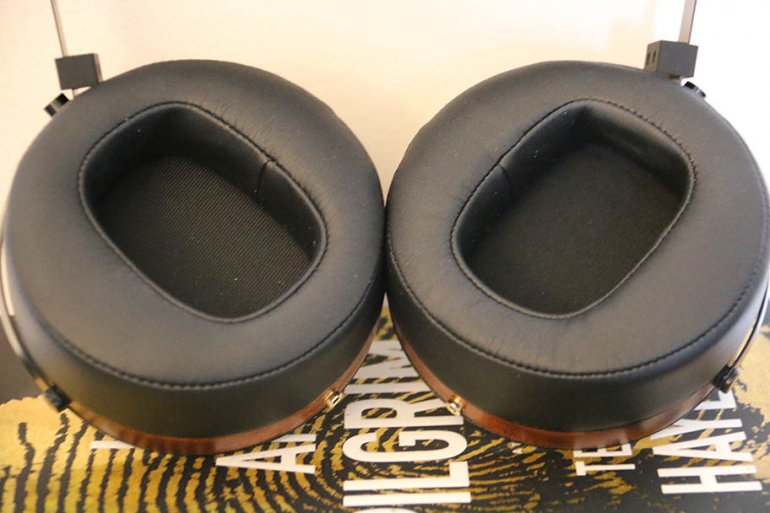
Given how sketchy the build quality was, we were actually pleasantly surprised at the quality of the accessories. Chief among these was the cable: a long, winding, fabric-covered job that was among the more tangle resistant-cords we’ve used. While it wasn’t super thick, it was reasonably well designed, and even had a little plastic holder above the Y-bracket to rein in flapping cable below the chin. What we were a little more confused about were the connectors for the headphones. Not only were they slightly smaller than the standard 3.5mm, but they also contained the only left and right indicators on the whole package. Try as we might, we couldn’t think of a single reason to not have these indicators on the headphones themselves. It means you have to engage in a bit of positional guesswork while connecting the whole thing up. It’s a bizarre design decision, to say the least. Monoprice could learn from a company like AudioQuest - they may be out of the headphones game now, but they’ve always done things like this well. Their NightHawk Carbon (full review here) had clear left and right indicators. Incidentally, while those cans may be more expensive than the M1060s - $547 to the latter’s $300 - they are well worth it. Even if they aren’t planars.
We do like the right-angle 3.5mm connector on the other side of the cable, and the M1060 ships with a 6.3mm adapter. We were also rather impressed with the rigid, hard-shell zippered case to store the headphones in, which not only had a slot for them but also a capacious pouch with a handy Velcro seal. Like the headphones, it’s extremely large. Portable these are not.
The packaging is basic – something we are wholeheartedly behind, as if you’re going to cut costs in any arena, this would be the place to do it. It’s a simple cardboard box with a lift-off lid, that relies on the headphone pouch to do the dirty work. No problems here, and you can simply dispose of it the moment you’ve taken the headphones out. We would have done that to ours, but we had to send it back to Monoprice when we were finished reviewing it, so that wasn’t going to happen. On a side note, if you ever decide to become an audio journalist, an underrated skill to emphasise on your resume is the ability to repack boxes that were not meant to be repacked. Just a pro-tip.

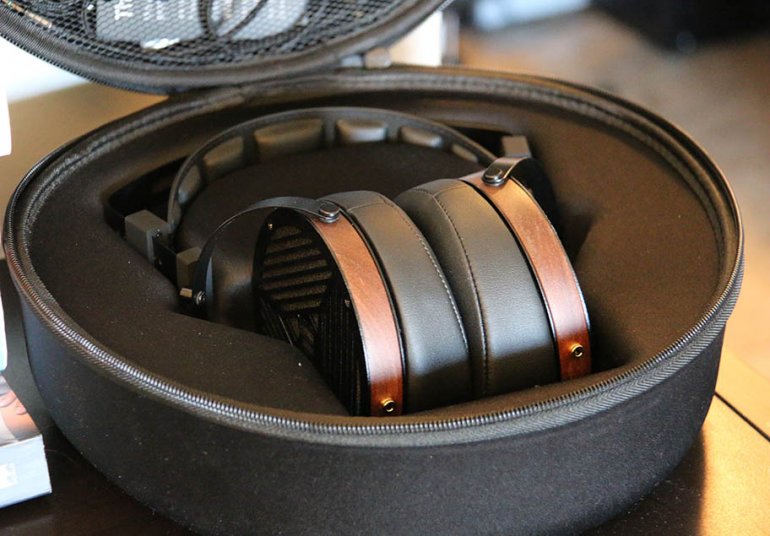
| Headphones | Price | Weight | Type | Drivers | Impedance | Sensitivity |
|---|---|---|---|---|---|---|
| Monoprice Monolith M1060 | $320 | 1.1lbs | Open | 106mm | 50Ω | 96dB/1mW |
| OPPO PM-3 | $399 | 0.7lbs | Closed | 55mm | 26Ω | 102dB/1mW |
| HiFiMan HE400i | $249 | 0.8lbs | Open | Unknown | 35Ω | 93dB/1mW |
| Audeze EL-8 Open-Back | $499 | 1lb | Open | 100mm | 30Ω | 102dB/1mW |
| Monoprice Monolith M560 | $184 | 2.94lbs | Both* | 56mm | 32Ω | 100dB/1mW |
*Wooden plates can be removed for open-back option
Want Even More Master Switch? Sign Up For Our Weekly Newsletter!
For an alternative, try the OPPO PM-3: a most unusual pair, in that they combine planar tech with closed-back housing. While they’re around $80 more expensive than the M1060s, they’re arguably better-designed, with a solid construction and classy build quality that should last a long time. The sound isn’t quite as airy or detailed as that on the M1060s, but overall, the quality level and richness is much higher. We haven’t done an in-depth review of these yet, but we did review their predecessor, the PM-2s. We think what we said there could easily apply to the PM-3s: “Reliability and quiet, classy devotion to detail may be your thing. If that’s the case, then buying these will reward you with a truly sumptuous pair of headphones that will keep working for years and years and years.”
Another option would be the HiFiMan HE400i. They’re quite long in the tooth now - and we’ve seen their price fluctuate from $499 to $249, which is where they are on Amazon at the time of writing. So yes, you can technically get planar cans - and ones with somewhat better sound than the M1060s - for less than $300. So sue us. And these are still very, very good, justly revered headphones. They’re a big set of planars with a solid build, a reasonable impedance, and a great headband. And they sound terrific. Go give them a try.
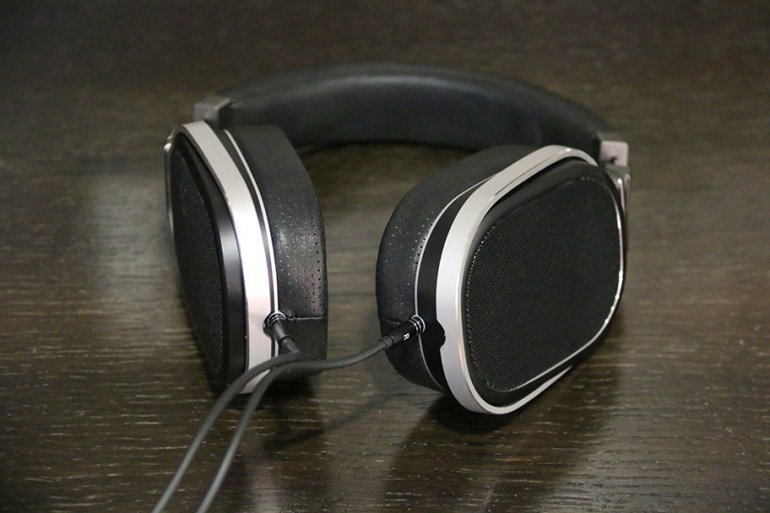
And of course, the excellent Audeze EL-8 Open-Back. Like we would review a set of planar headphones without mentioning Audeze. If you do want a relatively affordable entry point into the world of high-end planar, then try out their EL-8 open backs. At around $500 for a new pair on Amazon, you’d be crazy not to. While we weren’t enamoured of the EL-8’s Titanium version, we do think that these headphones are still of exceptional quality, with classy, detailed sound and outstanding build. Audeze are known for having the last word in this particular product category, and one listen to these headphones will show you why.
Monoprice make a huge range of gear, in many different product categories. But as a company, they have about as pizzazz and joie de vivre as a wet weekend in Cleveland. All the same, they do make some alternatives to the M1060, one of which is the smaller M560. At $180, they are even cheaper than the M1060s, although you shouldn’t expect the same level of quality in the sound - for planars, this really is about as low as it gets. Proceed with caution here. These are a fun diversion, rather than a proper alternative.
Given the issues we had with the build quality and the sound, you’re probably settling in to watch us build to an epic takedown of the M1060s. Well, sorry to disappoint you. We love a little bit of spleen, when a pair of headphones or an amp or a set of speakers has really gotten our dander up, but that’s not going to happen here. Despite the problems, we still recommend the Monolith M1060s. And not just because we’ve gone soft. The thing is, while the audio may be rough and unfinished, it still accomplishes what it set out to do: deliver the experience of planar sound. There is still that level of detail, that somewhat ethereal quality, that is a hallmark of the technology. Hang around it long enough, and it will change the way you perceive sound. You’ll always be looking for it, even in headphones that don’t have it. No matter how unexciting the rest of the sound is, the fact that anybody can experience those qualities for no more than $300 is quite remarkable.
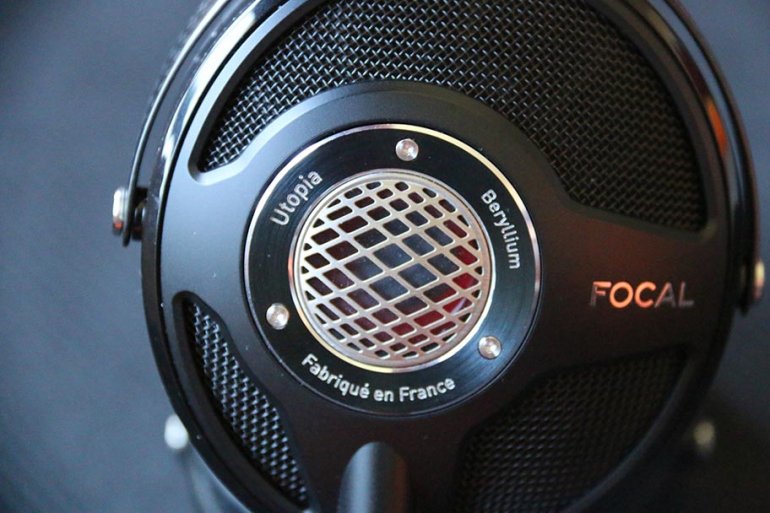
In context, it’s even more so. Think about the Focal Utopias (full review here). Despite falling completely in love with them, there’s no denying that almost nobody else outside of the very rich will ever get to experience them. They cost nearly $4,000, for God’s sake – and they aren’t even the most expensive ones out there. Headphone manufacturers are currently creating models with price points that defy all logic: five figures, marble amps, electrostatic brilliance, the kind of exclusivity and limited-edition hand-numbering not seen outside of a Bugatti showroom. Up until the M1060s came along, most people were quite simply never going to experience planar cans outside of a showroom or a loaner pair. Now? They can. Whatever the issues with build quality, however rough the sound is, there’s something to be said for that. Against the backdrop of the five figure monsters, isn’t that something to be applauded? Isn’t that idea – introducing our hobby to those who might never have otherwise experienced it, getting people to hear their music in new ways – something that we need to champion?
The whole reason for this website – the core of our mission – is that great sound should never be for the privileged few. No jargon should be left unexplained, no entry barrier unbroken. We point-blank refuse to be snobby about the things we like. If a company wants to deliver a landmark technology at a price everyone can afford, that’s something that we are quite prepared to support. So yes: the M1060s are not perfect. Anybody versed in the world of headphones, or anyone who was previously experienced cans from the likes of AUDEZE and HiFiMan, is going to be left disappointed. But as for everyone else? Come on in. See what all the fuss is about.